Five iconic Broads' waterside chalets given listed status
Five waterside buildings in the Broads National Park, have been listed at Grade II by the Department for Culture, Media and Sport on the advice of Historic England.
The Waterside buildings – Dutch Tutch, Tower View, The Eel Sett and The Holt in Potter Heigham, and Staithcote in Wroxham – are unique in character to our area.
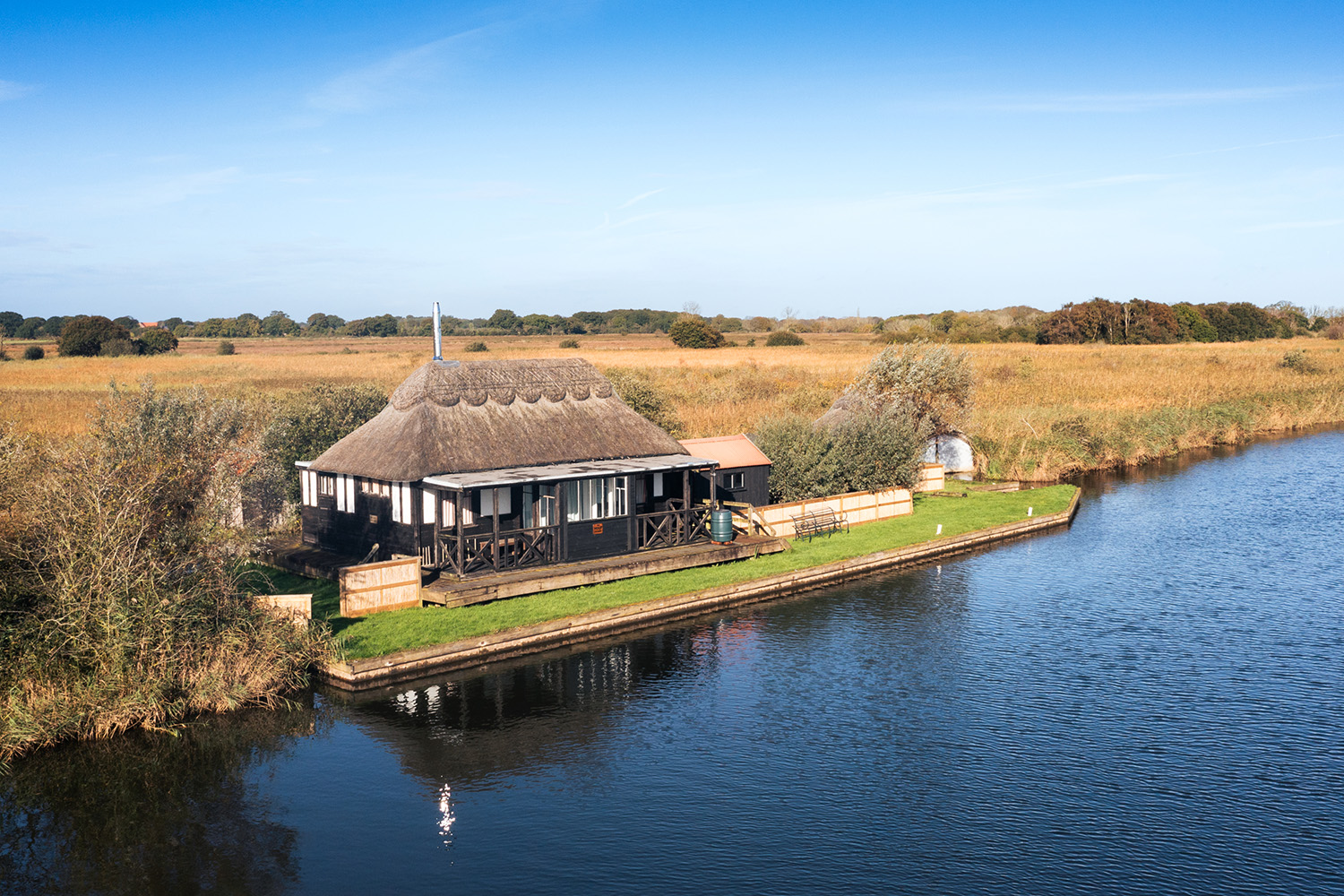
The creative building designs include the conversion of an end-of-pier helter-skelter, prefabricated structures by the company who created Scott’s Antarctic expedition huts, one of the only remaining eel setts in England, and a picturesque rustic building added to a boathouse
Duncan Wilson, Historic England Chief Executive, said: “These characterful buildings are special to the Broads National Park and it’s important that they are protected and celebrated. The ingenious designs, including a converted fairground helter-skelter and prefabricated designs by the creators of Scott’s Antarctic expedition huts, make the buildings important, and distinctive, local landmarks. I’m sure they are a reminder of happy holiday adventures, and we’d love people to share their memories, and add them to the list entries through our Missing Pieces Project.”
Kayleigh Judson, Broads Authority Heritage Planning Officer, said: “We are delighted that these well-loved Broads’ chalets have met the national criteria for listing due to their historic and architectural significance. Each one tells its own unique story about bygone eras in the Broads.”
“The waterside is a harsh environment, and these structures are particularly vulnerable to change. The new listings will help to preserve their special appearance by giving them the protection they deserve, so that their unique characteristics can be appreciated for generations to come.”
Newly listed waterside buildings
Dutch Tutch, Potter Heigham
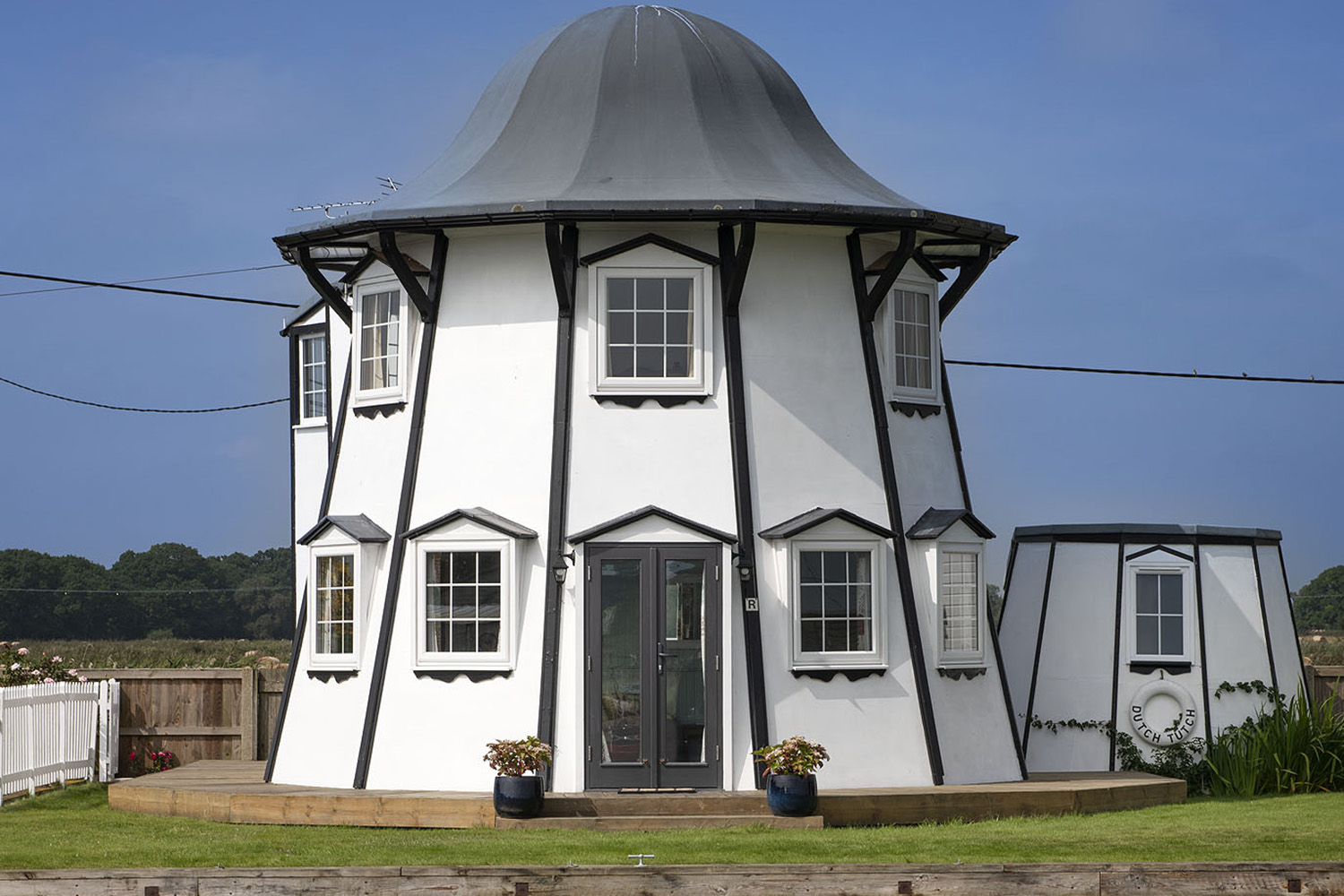
Dutch Tutch began life as a helter-skelter at the end of the Britannia Pier in Great Yarmouth.
In December 1909, the pier caught fire and the remains of the helter-skelter were transported to Potter Heigham.
In 1910, the lower section was used to create a two-storey holiday cottage, with the very top of the structure used as an outbuilding.
The chalet’s simple interior features a sitting room, kitchen and bathroom on the ground floor and two bedrooms on the first floor. The whole building, including ceilings, is lined in match board panelling. The winding timber stair, reminiscent of its original purpose as a helter-skelter, sits within an enclosed stair tower. Windows wrapping around three sides, at first floor level, give remarkable views across the Broads landscape.
In recent years the chalet has been the subject of an ITV documentary ‘Maxwell’s Hidden Treasures’ and appears on the front cover of the classic book ‘Timpson’s England’. In 2002, the Lilliput Lane Company introduced the Norfolk Helter-Skelter House to their collection of miniature model houses.
Tower View, Potter Heigham
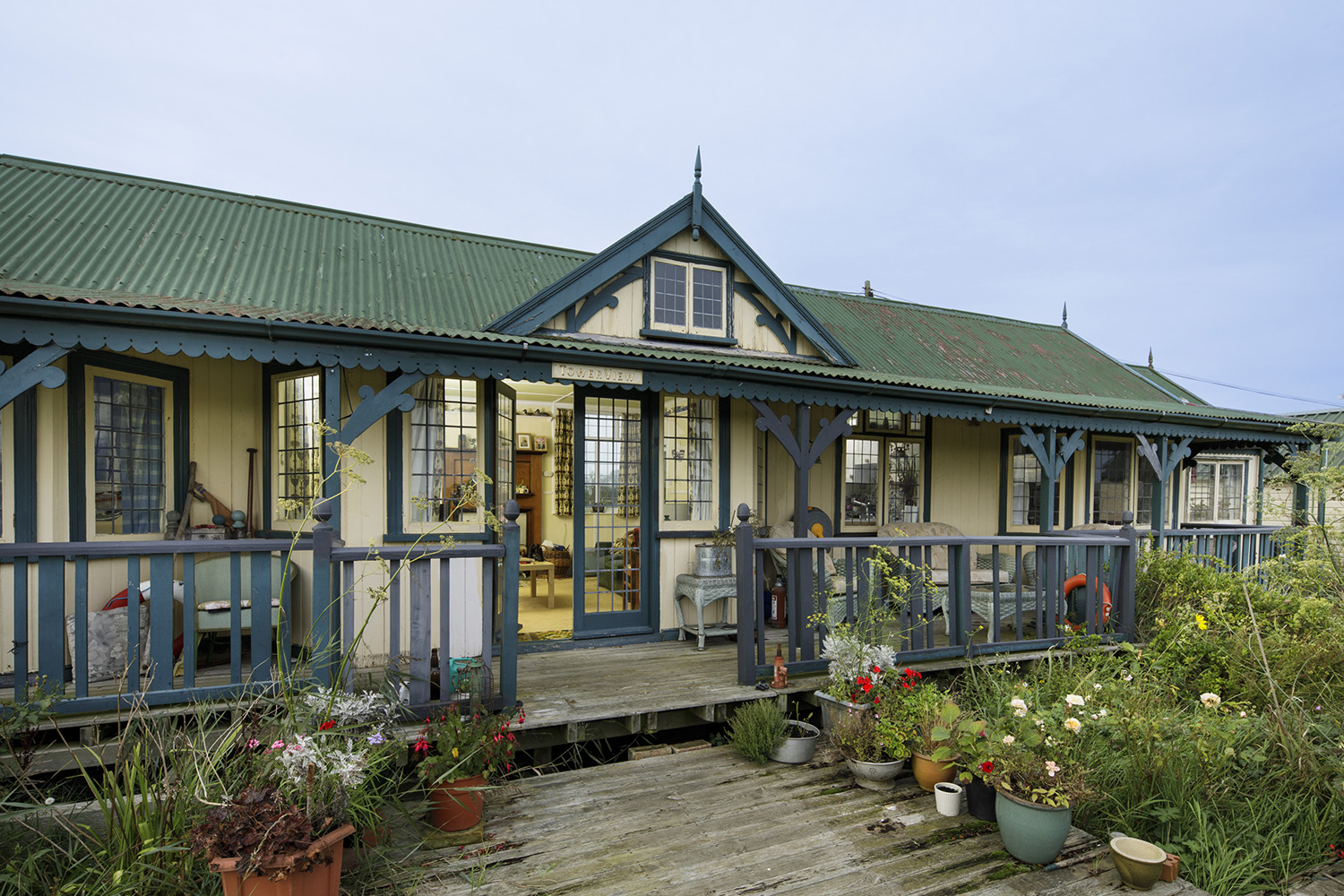
It is thought that Tower View was erected on the riverbank at Potter Heigham in the first decade of the 20th century.
The bungalow was created using prefabricated materials produced by Boulton & Paul Limited, a Norwich-based iron foundry, prefabricated building and wire netting manufacturer who created the huts for Scott’s Antarctic expedition.
There is evidence that the current building began life as two huts that were bolted together end to end when they were relocated to the riverbank at Potter Heigham.
The walls are clad in vertical tongue and groove timber and the pitched roofs are covered in corrugated metal and protected by barge boards with moulded cornices.
Tower View originally had a four-room internal plan, without a corridor, and some spaces were accessed externally by a long verandah. A small fishing tackle room projects to the west.
The bungalow faces out over a garden towards the River Thurne and to the rear is a public footpath connecting the riverbank to the medieval bridge at Potter Heigham.
The Eel Sett, Potter Heigham
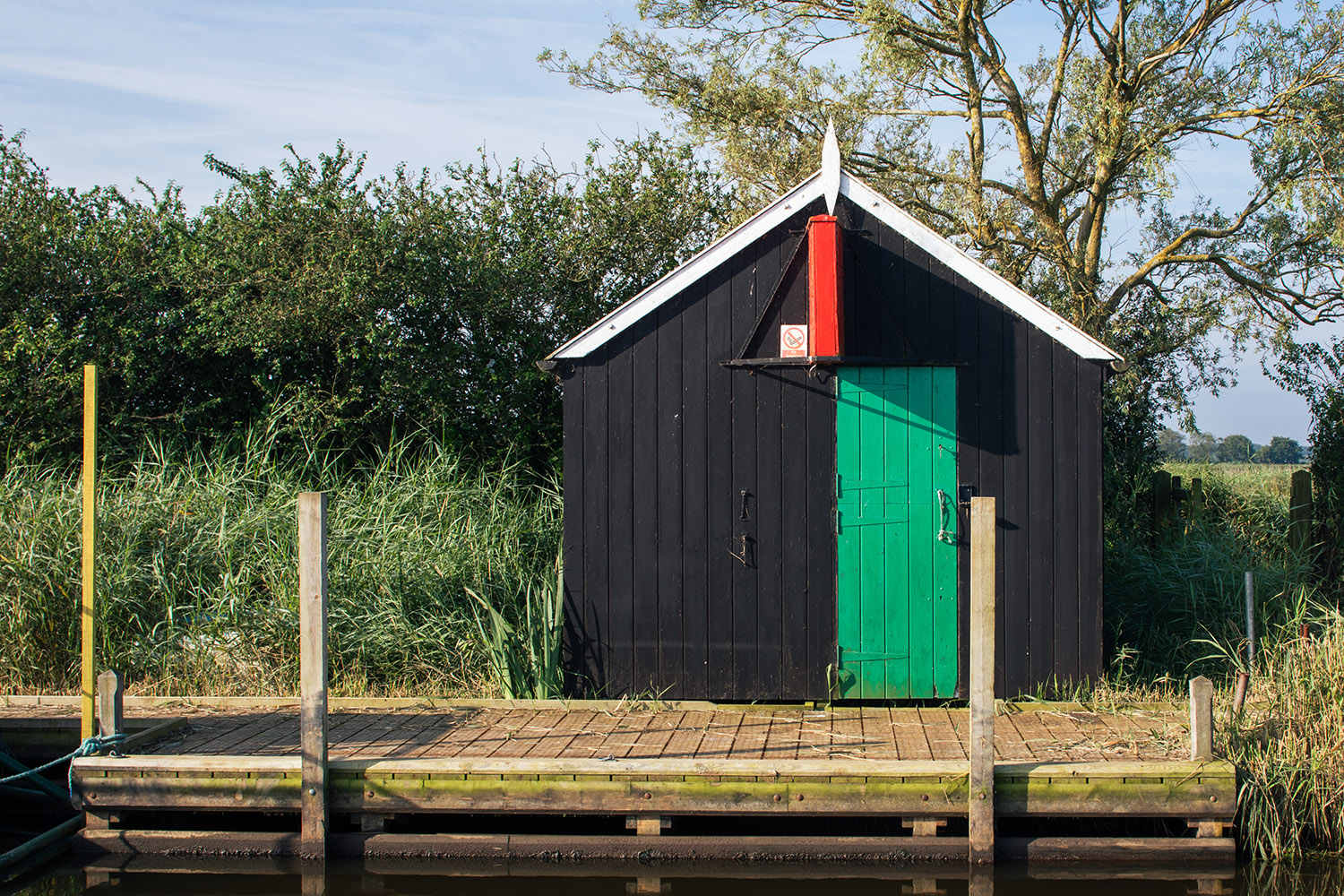
The tradition of eel catching in the Broads dates to the medieval period.
An eel sett was a place for eel catchers to put out nets at night and a room for their accommodation. These setts were typically in isolated and rural places along the river.
There were many setts along the rivers in Norfolk, but numbers dramatically started to dwindle in the 20th century.
The Eel Sett at Candle Dyke, a remote location in the parish of Potter Heigham, is thought to be the last in England. Its architectural style, and evidence from mapping and photography, dates it to the early 20th century. It was in commercial use until it was purchased by a trust in 1992.
A single storey with one room, the building is a simple structure with vertical boarding, a tarred finish, a profiled red metal roof and a projecting ‘Stop Eel Net’ sign. Inside are two wooden bunks, a stove, cupboards and a freestanding sink.
The Holt and Boathouse, Potter Heigham

Built in the early 20th century, The Holt was created for a Mr W. Boning who had a furnishing business in Great Yarmouth. Much of the furniture present in The Holt is originally from Boning’s shop.
The property was purchased by a Mr Churchill in the early 1930s and changed hands again in the late 1930s.
It is likely that The Holt is a Boulton & Paul prefabricated structure. A single-storey waterside bungalow, it is Tudoresque in style, featuring a thatched roof with scalloped edge detailing and half-timber walls. The bungalow’s design mirrors that of the already existing boathouse.
The interior features a main living space, looking out over Candle Dyke, with four rooms around it. Detailed features include a red tile fireplace, a kitchen with two pantries, and fixed candle holders in the rear bedroom.
Glimpses of The Holt’s thatched roof and timber framing can be seen amongst the marshes when approaching the property, emphasising its remote and rural location away from the busier area at Potter Heigham.
Staithcote, Wroxham
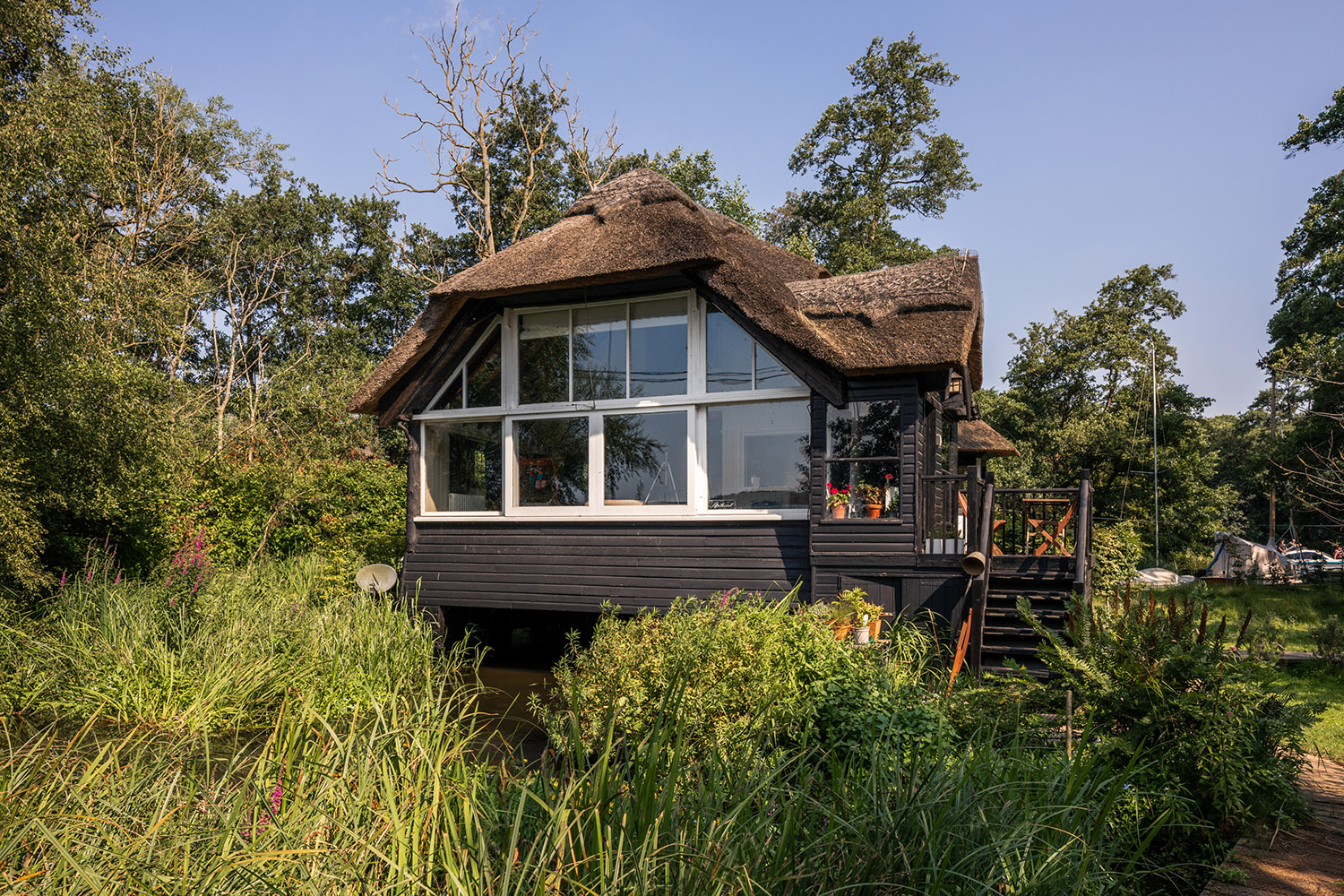
Originally built in 1911 as a boathouse, Staithcote was extended with the addition of a waterside chalet above, by 1913. The one-and-a-half storey chalet is timber-framed with weatherboarded walls to the boat house and a roof thatched with Norfolk reed.
It is a particularly well-preserved building in the tradition of cottage orné (a rustic building of picturesque design). Later additions to the interior include a 1960s floating staircase and Arts and Crafts-style doors with Pilkington’s shiplyte glass.
To read more visit the Historic England website: https://historicengland.org.uk/whats-new/in-your-area/east-of-england/norfolk-broads-waterside-buildings-listed/
Friday 18 October 2024

